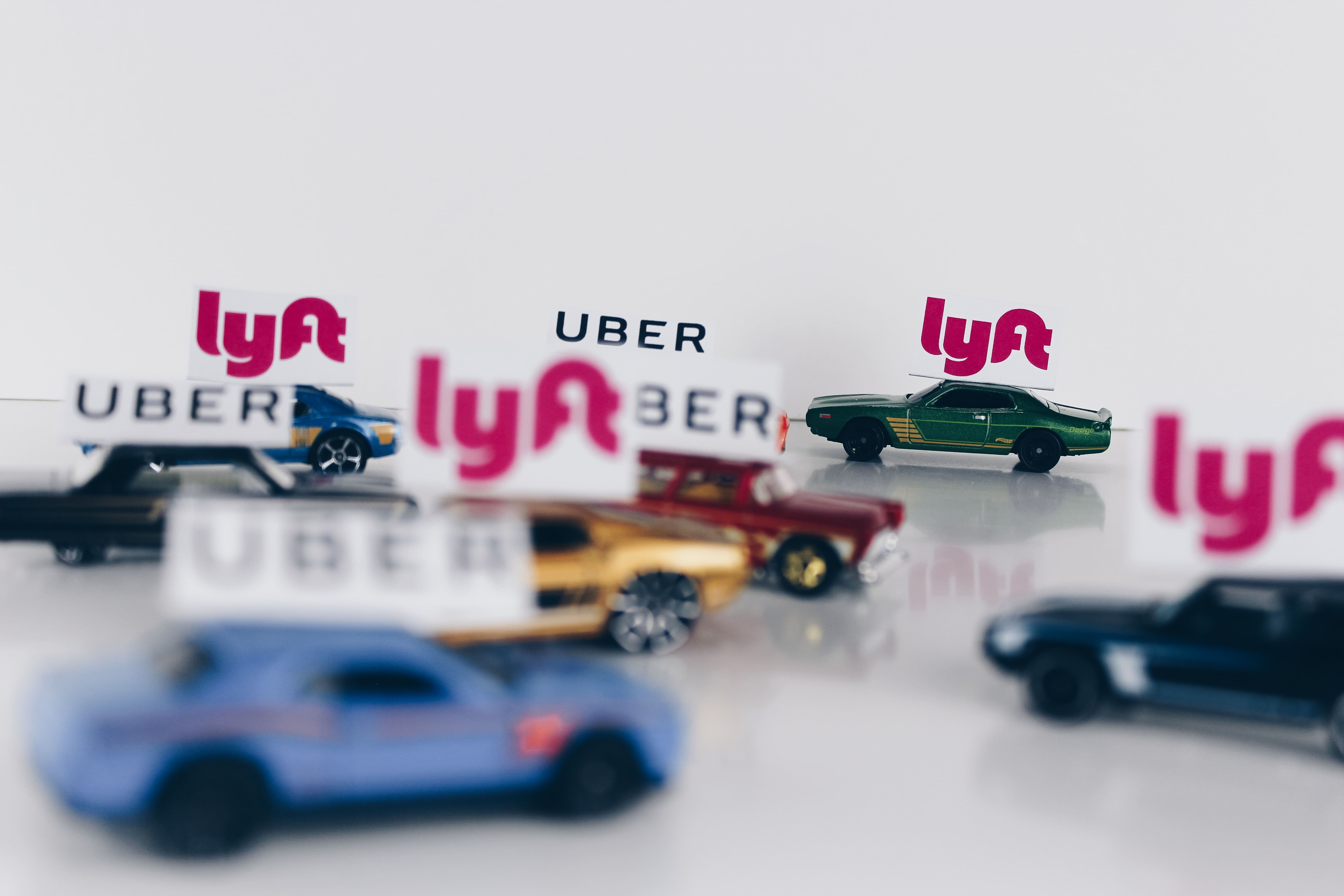Did you know that the number of self-employed people increased by about 1.5 million in 2017 from the year 2001 and the number is continuously increasing? According to a study report, this number is likely to be tripled by the year 2020 to about 42 million.
Self-employed individuals qualify for various tax deductions, including deductions for the business use of their car. If you are self-employed or know anyone who is, then keep reading and we will tell you how you can go about claiming this money.
If you are eligible, you might end up with a substantial tax break. Let's find out.
Eligibility
- Do you own or lease a vehicle?
You must make sure that your vehicle used for business purposes is owned or leased by you. - Are you using your car to transport people?
You cannot use your car to transport people for compensation. So you cannot be a taxi driver or run a fleet of five vehicles or more.
What can you claim?
If you drive your car for business and personal reasons, you must distinguish among the two. Miles you drive to meet customers or on business-related jobs are deductible. Miles driven from home to your workplace are not. Say you drive 60 miles round trip from home to meet clients and back for business reasons. During this trip back home, you stop to take personal errands after 10 miles on your return trip. You cannot claim the last 20 miles. You will only get the 30 miles on one way and the 10 miles to the point you halted to do your personal work. The miles from there to your home don't count.
If you are driving your car to another city for a business trip, you can claim all the mileage to and fro that was necessary for the trip. Make sure this trip last longer than your workday and the destination is far away from your home. So, if you drive from San Francisco to San Diego, you may deduct all the miles accumulated during this trip. However, if you stop in Los Angeles to meet your cousins, you cannot claim that. Also, for a valid business trip, you need to engage in business activity and show a purpose.
You can also claim parking fees and toll charges that were incurred during your business trip. However, you cannot deduct this if you park outside your regular work area or pay toll on the way to work.
How much can you claim
You can calculate mileage for taxes in 2 ways, either use the standard mileage rate or the actual expense method. Both methods require you to keep documentation of your expenses incurred on the car and the business miles driven. You can calculate your tax deductions both ways and decide which one saves you more money.
-
Standard Mileage Rate:
The government agency that is responsible for tax law enforcement and tax collection releases their annual mileage rate based on which vehicle taxes are filed.
For example - the IRS mileage rate of 2019 for different segments are as follows:-
- For business miles - 58 cents/ mile which was earlier 54.5 cents.
- For medical or moving purposes - 20 cents/mile which was earlier 18 cents.
- 14 cents/ mile for Charitable purpose which was uncharged earlier.
According to the new tax code, one can get a mileage tax deduction for the following too:
- Mileage for medical appointments.
- Mileage for volunteering for a non-profit organization.
For example, say you drove 20k miles for business in 2019. By multiplying your total annual business miles by the standard mileage rate, (20,000 X $0.58). You could claim $11,600 for the year using the standard mileage rate method.
-
The actual expense method:
In this method, record all your expenses incurred in your car. You can include costs like fuel, oil, maintenance, insurance, lease payments, depreciation, registration fees etc.
Then, estimate the percentage of your car used for business purposes. This is done by dividing business miles driven by your total miles in the year. Now, multiply this percentage by your total car expenses And that is the amount you can claim.
For example, say your total annual car expenses for the year were $8000, and miles you drove were 40000. Out of these, you drove 10000 for business purpose. So, your business miles contributed to 25% of the total miles. Now 25% of $8000 = $2000, this is the amount you can claim for the business mileage deduction using the actual expense method.
What can you claim?
Self-employed people have the highest tax deduction rates and a few restrictions as compared to others.
If you are driving your car to another city for a business trip, you can claim all the mileage to and fro thaAs we saw earlier, both methods need you to keep track of all your expenses and business mileage.
Traditional methods of keeping a logbook and maintaining physical receipts to support your tax claim can be very cumbersome. With Simply Auto, you can track all these like fuel, services, expenses and even trips. You can upload your receipts every time you purchase or spend on your car. All this data is stored on the cloud and is accessible from anywhere.
The auto-trip feature of Simply Auto starts logging your trips for your vehicle every time you are on the move without having to even open the app. It would also log every stop that you take along the way. This way all you have to do is categorize it as a business, personal, medical, charity or any other customized category that you may add. If you do not wish to use the auto-trip feature, you can manually start and stop a trip whenever you want to log the mileage. You can also add any expenses such as parking or toll to the trip, and it will show you the tax deduction that you are entitled to.
As this is cloud-based storage, your data can be ported on any device as long as you login. You can view and run reports on your data for analysis even from your desktop. Once you use it, you won't go back to having it any other way.
Simply Auto has helped thousands of our customers save a lot of money over the years. In the year 2018, we saved our customers $16 Million in tax deductions. Don't be left out; download and try it today.
Simply Auto uses SmartCue for its interactive demos.






Comments
Leave A Comment